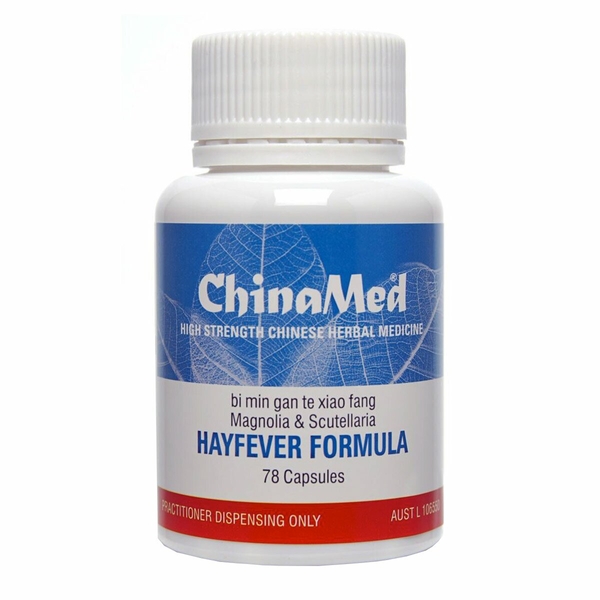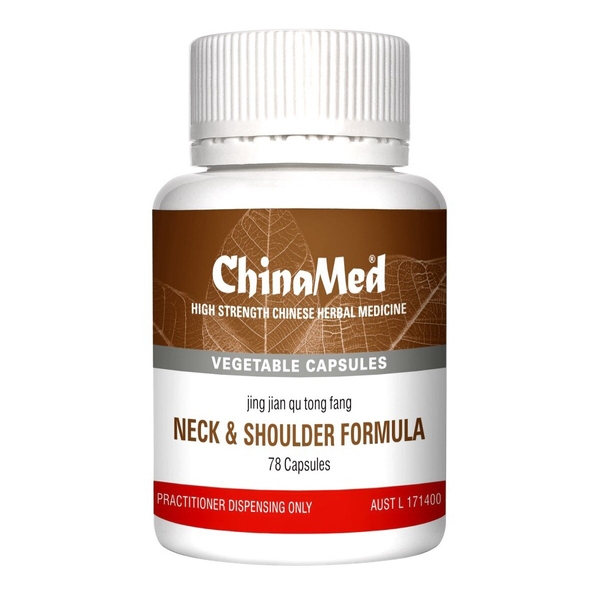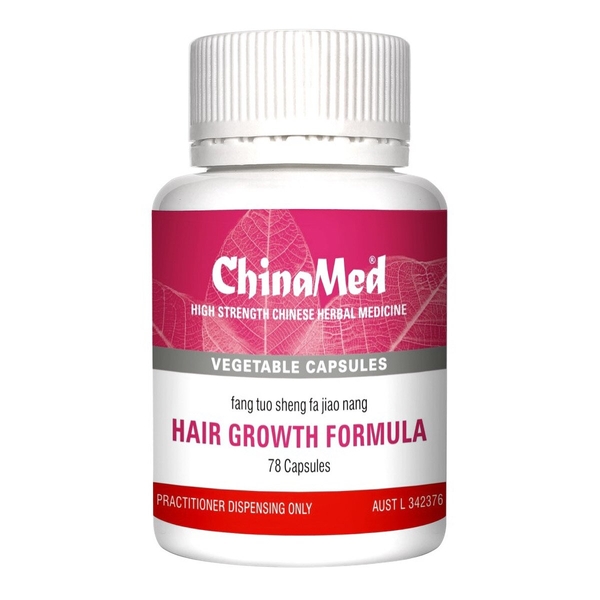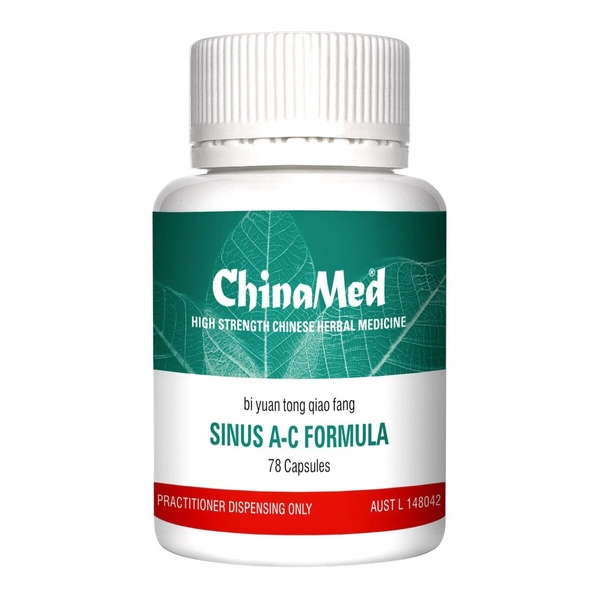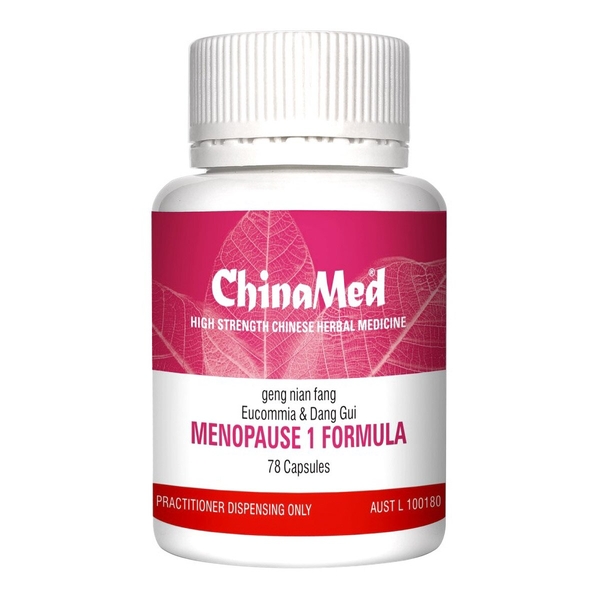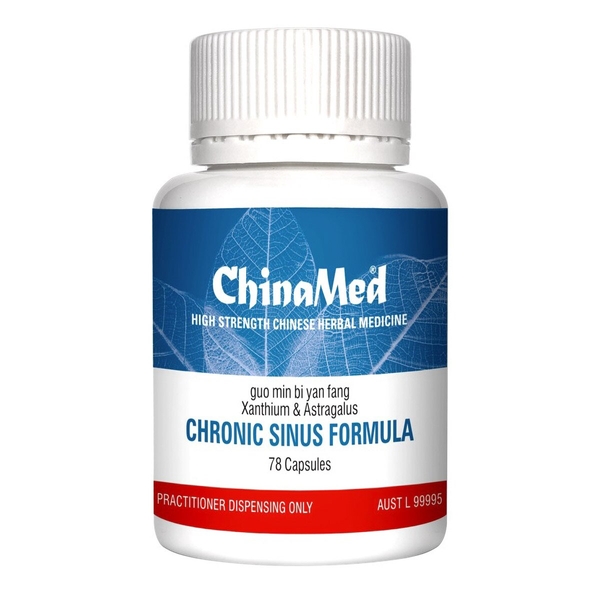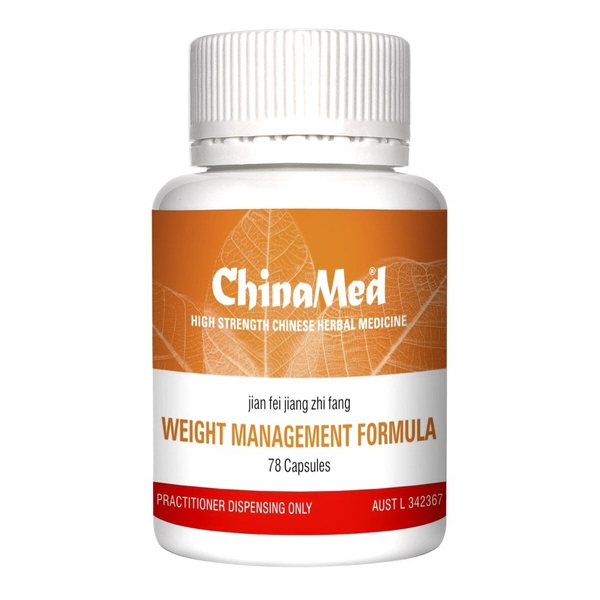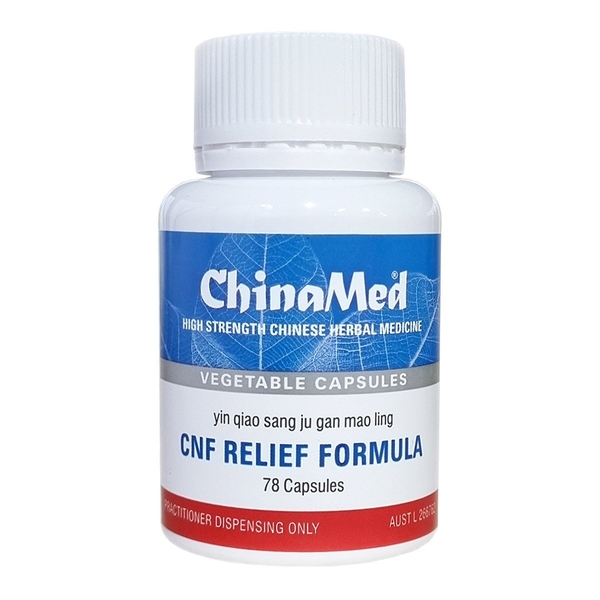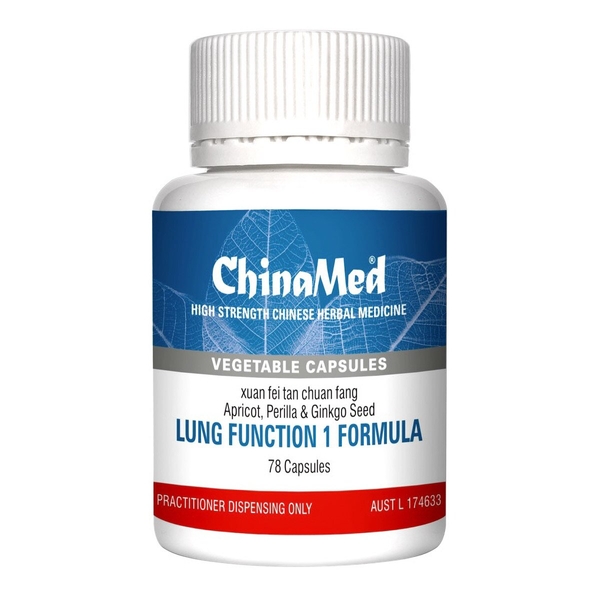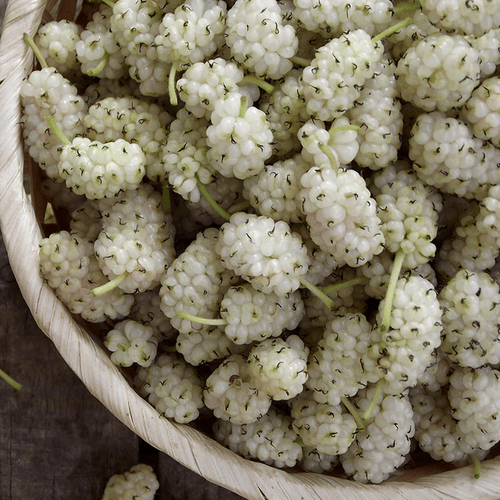
White mulberry
Scientific names: Morus alba, Morus indica, Morus multicaulis
Family: Moraceae
Alternate names: Chinese White Mulberry, Chi Sang, Chin Sang, Common Mulberry, Egyptian Mulberry, Mon Tea, Mora, Moral Blanco, Morera Blanca, Morin, Mûrier Blanc, Mûrier Blanc de Chine, Mûrier Commun, Mûrier du Ver à Soie, Russian Mulberry, Silkworm Mulberry
Background
White mulberry (Morus alba) is a shrub or tree native to China. It has a white colored fruit similar to a blackberry, but with an unpleasant taste.
Chemicals in white mulberry work similarly to some medicines used for type 2 diabetes. They slow the breakdown of sugar in the stomach so that it's absorbed more slowly into the blood. This helps the body keep blood sugar levels in a healthy range.
People commonly use white mulberry for diabetes. It is also used for high cholesterol levels, high blood pressure, the common cold, and many other conditions, but there is no good scientific evidence to support these uses.
Chemicals in white mulberry work similarly to some medicines used for type 2 diabetes. They slow the breakdown of sugar in the stomach so that it's absorbed more slowly into the blood. This helps the body keep blood sugar levels in a healthy range.
People commonly use white mulberry for diabetes. It is also used for high cholesterol levels, high blood pressure, the common cold, and many other conditions, but there is no good scientific evidence to support these uses.
Safety Safety definitions
When taken by mouth: The powdered leaf of white mulberry is possibly safe for most people when taken for up to 12 weeks. It might cause bloating, constipation, gas, and loose stools in some people. There isn't enough reliable information to know if white mulberry berries are safe when taken as a medicine or what the side effects might be.
Special Precautions & Warnings:
Pregnancy and breast-feeding: There isn't enough reliable information to know if white mulberry is safe to use when pregnant or breast-feeding. Stay on the safe side and avoid use.Effectiveness
Effective Effectiveness definitions
There is interest in using white mulberry for a number of purposes, but there isn't enough reliable information to say whether it might be helpful.
Dosing & administration
White mulberry leaf powder or extract has most often been used by adults in doses of 0.8-1 gram three times daily for up to 3 months. Speak with a healthcare provider to find out what dose might be best for a specific condition.
Interactions with pharmaceuticals
Medications for diabetes (Antidiabetes drugs)
Interaction Rating=Moderate Be cautious with this combination.
White mulberry leaf might lower blood sugar levels. Taking white mulberry leaf along with diabetes medications might cause blood sugar to drop too low. Monitor your blood sugar closely.
Medications moved by pumps in cells (Organic cation transporter 2 (OCT2) substrates)
Interaction Rating=Moderate Be cautious with this combination.
Some medications are moved in and out of cells by pumps. White mulberry might change how these pumps work and change how much medication stays in the body. In some cases, this might change the effects and side effects of a medication.
Interactions with herbs & supplements
Herbs and supplements that might lower blood sugar: White mulberry leaf might lower blood sugar. Taking it with other supplements with similar effects might lower blood sugar too much. Examples of supplements with this effect include aloe, bitter melon, cassia cinnamon, chromium, and prickly pear cactus.
Interactions with foods
There are no known interactions with foods.
Products
View all productsPer capsule:
- Morus alba (Sang Ye) ext. 37.312 mg
- Magnolia liliflora ext. 37.312 mg
- Mentha haplocalyx ext. 37.312 mg
- Chrysanthemum sinense ext. 29.85 mg
- Angelica dahurica ext. 22.387 mg
- Scutellaria baicalensis ext. 22.387 mg
- Xanthium sibiricum ext. 22.387 mg
- Cinnamomum cassia (bark) ext. 22.387 mg
- Anemone altaica ext. 22.387 mg
- Schizonepeta tenuifolia ext. 22.387 mg
Practitioner product
Per capsule:
- Morus alba (Sang Bai Pi) ext. 33.3 mg
- Astragalus membranaceus ext. 33.3 mg
- Pueraria lobata ext. 44.7 mg
- Notopterygium incisum ext. 33.3 mg
- Paeonia veitchii ext. 33.3 mg
- Curcuma longa ext. 33.3 mg
- Saposhnikovia divaricata ext. 33.3 mg
- Glycyrrhiza uralensis ext. 11.1 mg
- Zingiber officinale ext. 11.1 mg
- Angelica polymorpha ext. 33.3 mg
Practitioner product
Per capsule:
- Morus alba (Sang Zhen Zi) ext. 29.1 mg
- Poria cocos ext. 29.1 mg
- Angelica polymorpha ext. 29.1 mg
- Achyranthes bidentata ext. 29.1 mg
- Lycium barbarum ext. 29.1 mg
- Cuscuta hygrophilae ext. 29.1 mg
- Rehmannia glutinosa ext. 29.1 mg
- Panax ginseng ext. 15 mg
- Astragalus membranaceus ext. 29.1 mg
- Cullen corylifolium ext. 22.2 mg
- Anemone altaica ext. 15 mg
- Polygala sibirica ext. 15 mg
Practitioner product
Per capsule:
- Morus alba (Sang Ye) ext. 26.88 mg
- Lonicera japonica ext. 26.88 mg
- Forsythia suspensa ext. 26.88 mg
- Mentha haplocalyx ext. 26.88 mg
- Chrysanthemum sinense ext. 20.16 mg
- Magnolia liliflora ext. 20.16 mg
- Xanthium sibiricum ext. 20.16 mg
- Angelica dahurica ext. 20.16 mg
- Scutellaria baicalensis ext. 20.13 mg
- Gardenia jasminoides ext. 20.13 mg
- Schizonepeta tenuifolia ext. 20.13 mg
- Ligusticum sinense ext. 20.13 mg
- Glycyrrhiza uralensis ext. 11.16 mg
Practitioner product
Per capsule:
- Morus alba (Sang Bai Pi) ext. 22.5 mg
- Eucommia ulmoides ext. 22.5 mg
- Angelica polymorpha ext. 22.5 mg
- Dipsacus asper ext. 22.5 mg
- Loranthus parasiticus ext. 22.5 mg
- Cuscuta hygrophilae ext. 22.5 mg
- Paeonia lactiflora ext. 22.5 mg
- Codonopsis pilosula ext. 22.5 mg
- Atractylodes macrocephala ext. 22.5 mg
- Poria cocos ext. 22.5 mg
- Alisma orientale ext. 22.5 mg
- Curcuma longa ext. 22.5 mg
- Bupleurum falcatum ext. 15 mg
- Ligusticum striatum ext. 15 mg
Practitioner product
Per capsule:
- Morus alba (Sang Zhen Zi) ext. 22.5 mg
- Atractylodes macrocephala ext. 22.5 mg
- Astragalus membranaceus ext. 27 mg
- Rehmannia glutinosa ext. 22.5 mg
- Lycium chinense ext. 22.5 mg
- Xanthium sibiricum ext. 20.4 mg
- Magnolia liliflora ext. 20.4 mg
- Angelica dahurica ext. 20.4 mg
- Mentha haplocalyx ext. 20.4 mg
- Pseudostellaria heterophylla ext. 20.4 mg
- Scutellaria baicalensis ext. 20.4 mg
- Pueraria lobata ext. 20.4 mg
- Atractylodes lancea ext. 19.8 mg
- Saposhnikovia divaricata ext. 20.4 mg
Practitioner product
Per capsule:
- Morus alba (Sang Bai Pi) ext. 20.1 mg
- Astragalus membranaceus ext. 26.7 mg
- Crataegus pinnatifida ext. 26.7 mg
- Gynostemma pentaphyllum ext. 33.3 mg
- Citrus aurantium ext. 26.7 mg
- Codonopsis pilosula ext. 20.1 mg
- Atractylodes macrocephala ext. 20.1 mg
- Nelumbo nucifera ext. 20.1 mg
- Pinellia ternata ext. 20.1 mg
- Poria cocos ext. 20.1 mg
- Alisma plantago aquatica ext. 20.1 mg
- Senna tora ext. 20.1 mg
- Citrus reticulata ext. 12.9 mg
- Ziziphus jujuba ext. 12.9 mg
Practitioner product
Per capsule:
- Morus alba (Sang Ye) ext. 16.77 mg
- Lonicera japonica ext. 33.54 mg
- Forsythia suspensa ext. 22.35 mg
- Scutellaria baicalensis ext. 27.96 mg
- Phragmites australis ext. 22.35 mg
- Saposhnikovia divaricata ext. 16.77 mg
- Prunus armeniaca ext. 16.77 mg
- Mentha haplocalyx ext. 16.77 mg
- Glycine max ext. 16.77 mg
- Schizonepeta tenuifolia ext. 11.19 mg
- Chrysanthemum sinense ext. 11.19 mg
- Glycyrrhiza uralensis ext. 9.3 mg
- Platycodon grandiflorus ext. 11.19 mg
- Isatis tinctoria ext. 33.54 mg
- Isatis tinctoria ext. 33.54 mg
Practitioner product
Per capsule:
- Morus alba (Sang Bai Pi) ext. 30.36 mg
- Biota orientalis ext. 40.5 mg
- Prunus armeniaca ext. 30.36 mg
- Scutellaria baicalensis ext. 30.36 mg
- Perilla frutescens ext. 30.36 mg
- Aster tataricus ext. 30.36 mg
- Inula britannica ext. 30.36 mg
- Platycodon grandiflorus ext. 20.16 mg
- Citrus maxima ext. 20.16 mg
- Ginkgo biloba ext. 20.16 mg
- Glycyrrhiza uralensis ext. 16.86 mg
Discontinued by ChinaMed
Practitioner product
vital.ly has licensed monographs from TRC Healthcare.
This monograph was last reviewed on 16/11/2023 11:00:00 and last updated on 08/05/2023 03:07:01. Monographs are reviewed and/or updated multiple times per month and at least once per year.
Natural Medicines disclaims any responsibility related to medical consequences of using any medical product. Effort is made to ensure that the information contained in this monograph is accurate at the time it was published. Consumers and medical professionals who consult this monograph are cautioned that any medical or product related decision is the sole responsibility of the consumer and/or the health care professional. A legal License Agreement sets limitations on downloading, storing, or printing content from this Database. No reproduction of this monograph or any content from this Database is permitted without written permission from the publisher. It is unlawful to download, store, or distribute content from this site.

